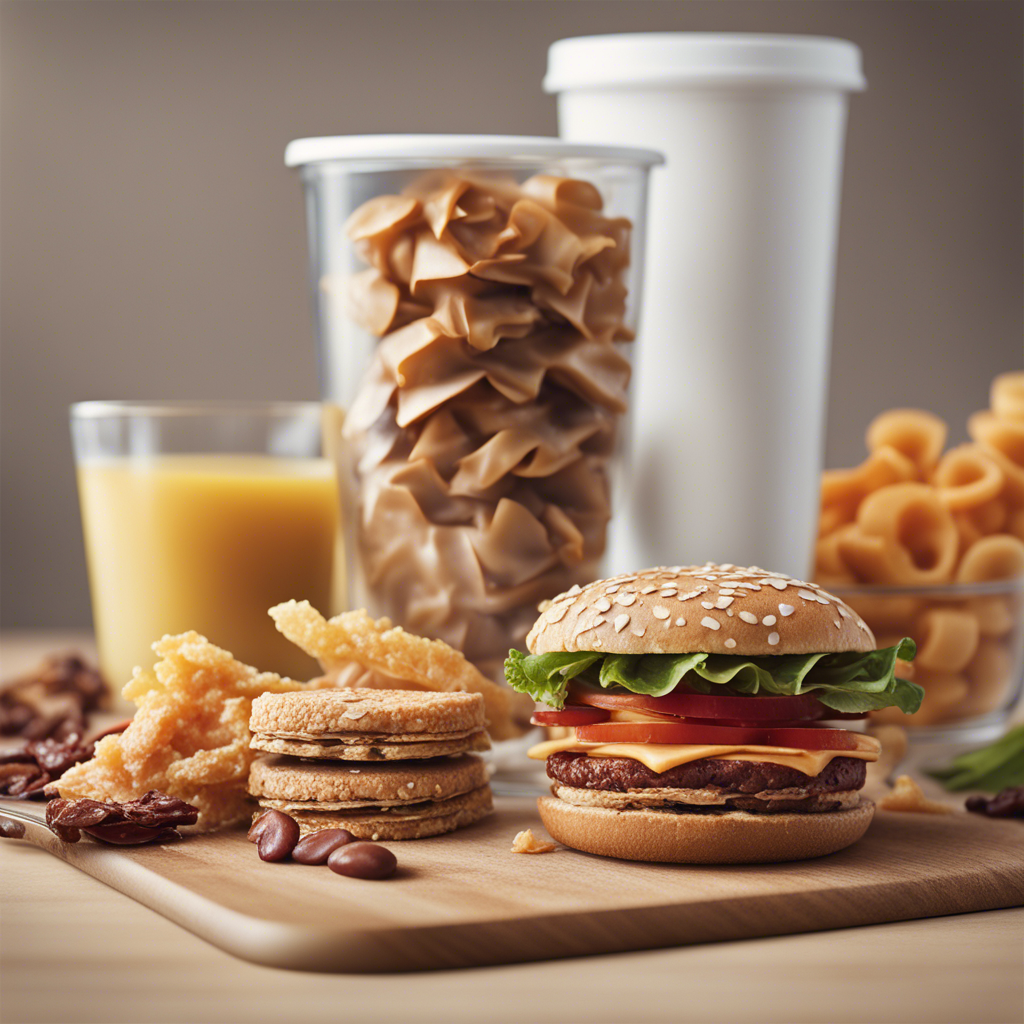The Sneaky Snacks Sabotaging Your Diet (Plus Healthy Swaps That Taste Great)
When it comes to maintaining a healthy diet, many of us find ourselves sabotaged by seemingly innocent snacks. While indulging occasionally is normal, the cumulative effect of consuming unhealthy snacks can derail our wellness goals. In an era of convenience foods, it’s crucial to identify these sneaky snacks and explore delicious and nutritious alternatives.

Whether you’re aiming to lose weight or simply adopt healthy eating habits, it’s essential to recognize how certain snacks can stealthily rack up calories and contribute to unhealthy eating patterns. Moreover, understanding the emotional triggers that lead to mindless snacking can empower you to make better choices. In this article, we’ll examine common sneaky snacks, discuss strategies to manage emotional eating triggers, and provide healthy snack swaps that not only satisfy cravings but also support your dietary objectives.
Identifying the Sneaky Snacks Sabotaging Your Diet
Hidden Calories in Common Snacks
Many snacks that are marketed as “healthy” or “low-fat” often conceal hidden calories, unhealthy fats, or excessive sugar. For instance, granola bars, despite their wholesome image, often contain as much sugar as a candy bar. Similarly, yogurt parfaits can pack more sugar than a slice of cake once granola and sugary toppings are added.
Other culprits include flavored nuts and seed mixes. While nuts and seeds are nutritious, the flavored varieties may be coated in sugar or oil, significantly increasing their calorie content. Additionally, smoothies that you grab on the go might seem like a healthy choice, but those added syrups and full-fat yoghurt can transform them into calorie-laden beverages.
Portion Distortion: Bigger Isn’t Better
Portion sizes have ballooned over the years, leading many to consume more than they realize. Snack packs, once marketed as single servings, now contain multiple servings. This portion distortion can contribute to diet sabotage, especially when paired with the mindless eating habits often shown in front of screens or during busy commutes.
The snack foods most affected include chips, popcorn, and pretzels. The package size may help create the misconception of a reasonable snack, but in reality, the consumed portion far exceeds dietary guidelines.
Healthy Snack Swaps That Taste Great
Nutritious Alternatives to Satisfy Sweet Cravings
For those with a sweet tooth, reaching for fruits such as berries or a crisp apple can be a fantastic nutritious alternative. If you’re craving something creamy, a small serving of Greek yogurt drizzled with a bit of honey and topped with sliced almonds provides a protein-packed, satisfying treat.
Another effective snack replacement idea includes date truffles. By blending dates with cocoa powder and rolling them into small balls, you create a tasty treat that satisfies sweet cravings without refined sugars.
Savoury Swaps for Unhealthy Snacks
If savory snacks like chips call your name, consider making kale chips or roasted chickpeas at home. These options provide the crunch and flavor desired without the high levels of sodium and unhealthy fats.
Whole grain toast with avocado can replace high-calorie dips and spreads. Avocado is rich in healthy fats and provides a creamy texture, making it a satisfying yet nutritious alternative.
Smart Strategies to Manage Emotional Eating Triggers
Understanding the emotional context that triggers unhealthy snacking is essential for making positive changes. When stress or boredom strikes, instead of diving into a bag of chips, take a moment to breathe and identify the emotion driving the urge to snack. Employ strategies such as going for a short walk, meditating, or drinking a glass of water to alleviate the desire to eat.
It’s also helpful to establish a meal schedule. Regular meals can prevent the hunger spikes that lead to emotional eating. Pair these plans with mindful eating habits, focusing on enjoying your food without distractions, to support lasting change.

Frequently Asked Questions
Why are “low-fat” snacks often not healthier choices?
“Low-fat” snacks may replace fat content with sugar and other additives to enhance flavor, which can often make them less healthy. It’s important to look at the entire nutritional profile rather than focusing solely on fat content. Snacks with natural fats, such as those from nuts, are often more beneficial than processed low-fat items.
How can I control portion sizes effectively?
Use smaller plates or bowls, which naturally limit the amount of food you serve. Pre-portioning snacks into individual bags or containers can also aid in controlling consumption. Paying attention to serving size information on packaging helps in making conscious choices.
What strategies can help with mid-afternoon cravings?
Planning for a nutritious mid-day snack can prevent cravings. Options like a banana with a handful of nuts or carrot sticks with hummus provide stability in blood sugar levels, preventing the crashes that lead to overeating and poor dietary choices.
Are flavored nuts a healthy snack option?
While nuts are generally healthy, flavored varieties often contain excess salt or sugar. For a healthy snack, it’s best to choose raw or dry-roasted nuts without added flavorings. Alternatively, spice them yourself at home with natural herbs and spices.
How can I treat sweet cravings without sabotaging my diet?
Opt for naturally sweet foods such as fruits. If craving something richer, consider small portions of dark chocolate, which provides antioxidants, or create homemade fruit-based desserts that use natural sweetness from ingredients like dates or ripe bananas.
Conclusion
Identifying the sneaky snacks that sabotage your diet and implementing healthy snack swaps can dramatically impact your diet positively. By opting for nutritious alternatives that taste great, you not only support your health goals but also enjoy the varied palette of delicious foods available.
Moreover, by understanding and managing emotional eating triggers, you can adopt a more mindful approach to eating. These strategic changes can not only lead to weight loss or maintenance but also enhance overall well-being and vigor.
In closing, achieving a balanced diet calls for awareness and a commitment to making healthier choices. By incorporating the strategies and swaps discussed, you’ll be well-equipped to navigate your snack aisles and make impactful nutritional decisions.
Relevant Video Topics
- “Healthy Snack Swap Ideas for Every Craving”
- “Understanding Emotional Eating: Tips and Strategies for Success”
- “Portion Control Tips: How to Eat What You Love Wisely”



